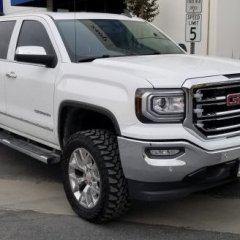Catch Can Skeptic
-
Similar Content
-
- 0 replies
- 514 views
-
provocative catch can video, correction or mask of primary issues
By customboss,
- vvt
- crankcase venting
- (and 19 more)
- 3 replies
- 1,710 views
-
- 0 replies
- 564 views
-
SOLD Tracy Lewis Signature Catch Can Kit (Dual Valve, Check Valve) Rubber Hoses 9 months old was on a truck 1 month. Like New.
By dvzzz,
- 0 replies
- 752 views
-
- 0 replies
- 4,687 views
-
-
Recently Browsing 0 members
- No registered users viewing this page.
-
Forum Statistics
246k
Total Topics2.6m
Total Posts -
Member Statistics
-
Who's Online 7 Members, 0 Anonymous, 875 Guests (See full list)



















Recommended Posts
Join the conversation
You can post now and register later. If you have an account, sign in now to post with your account.